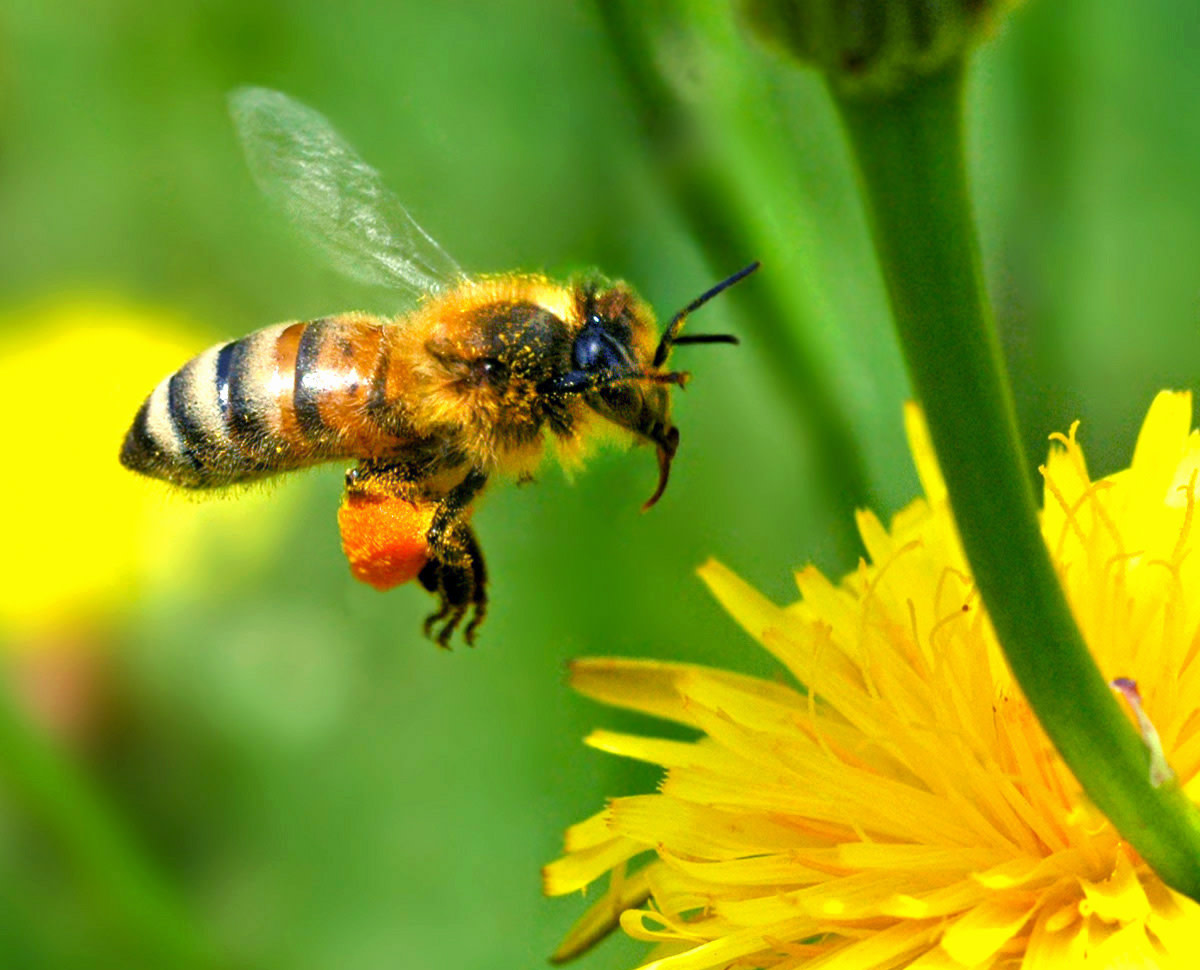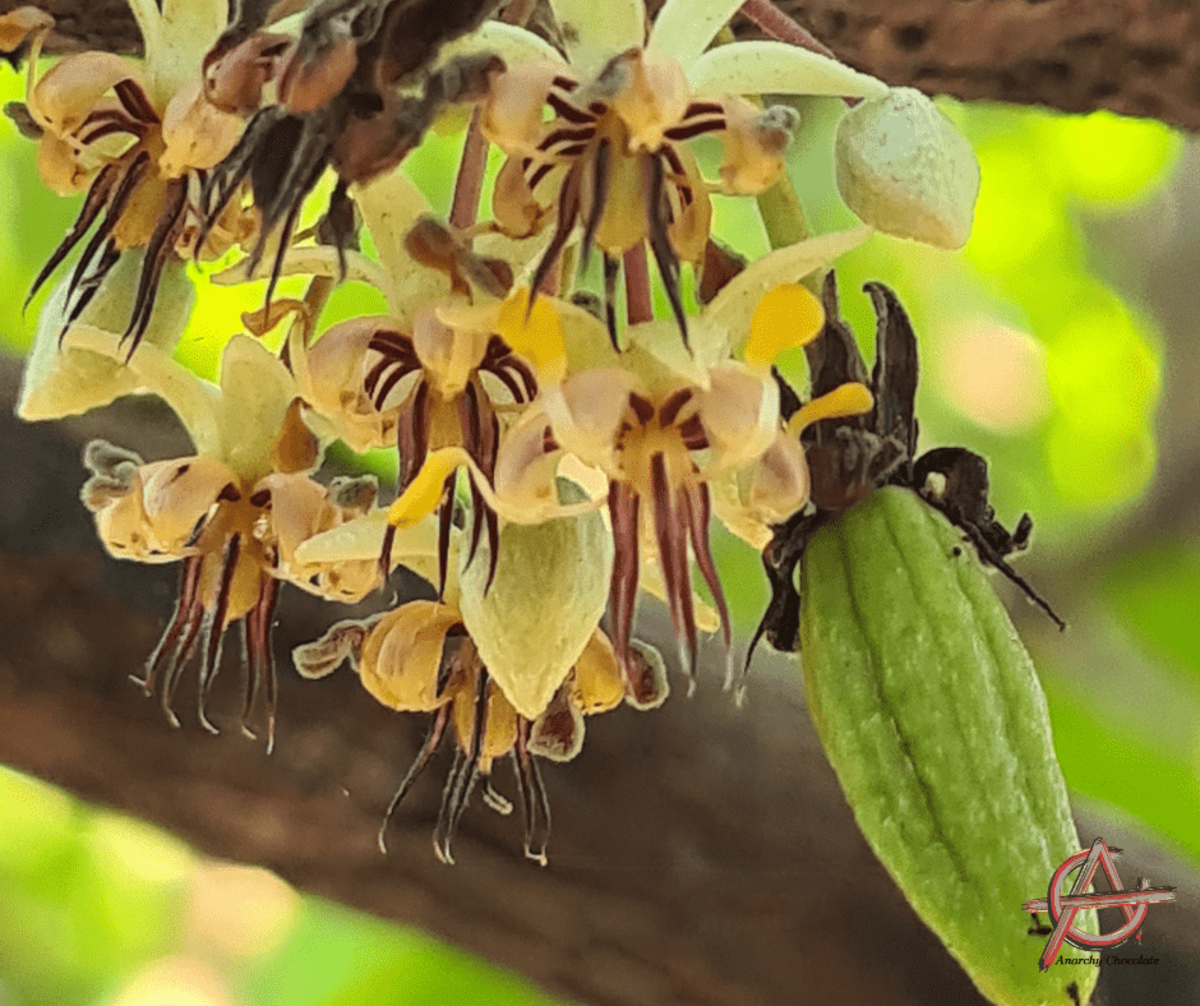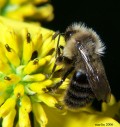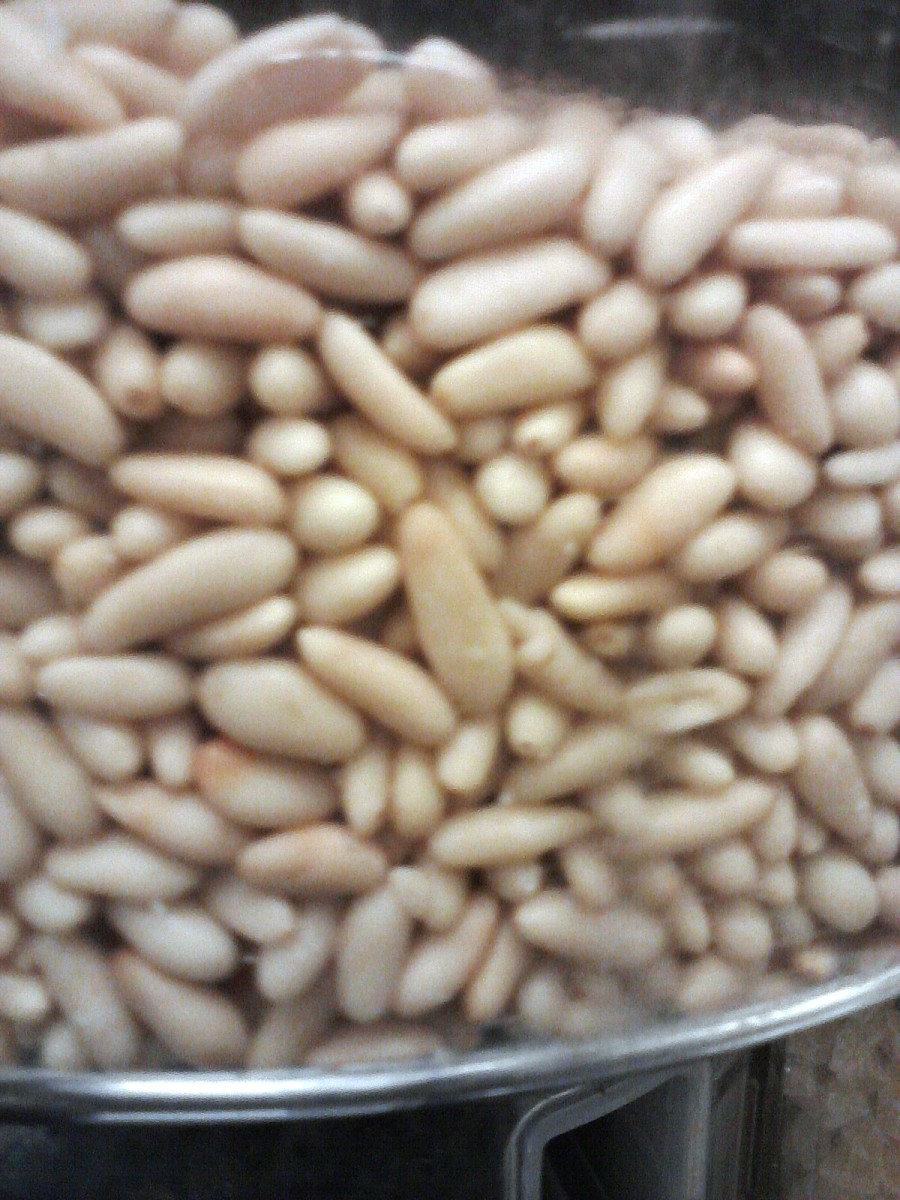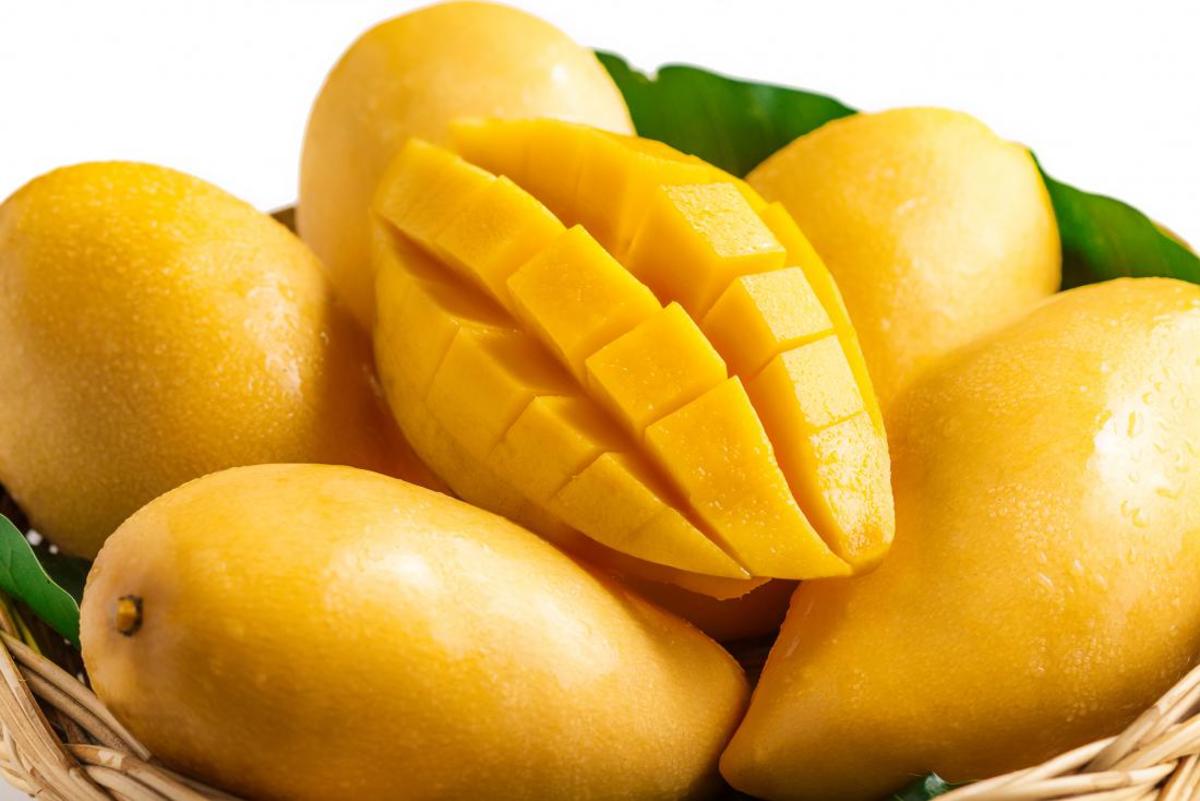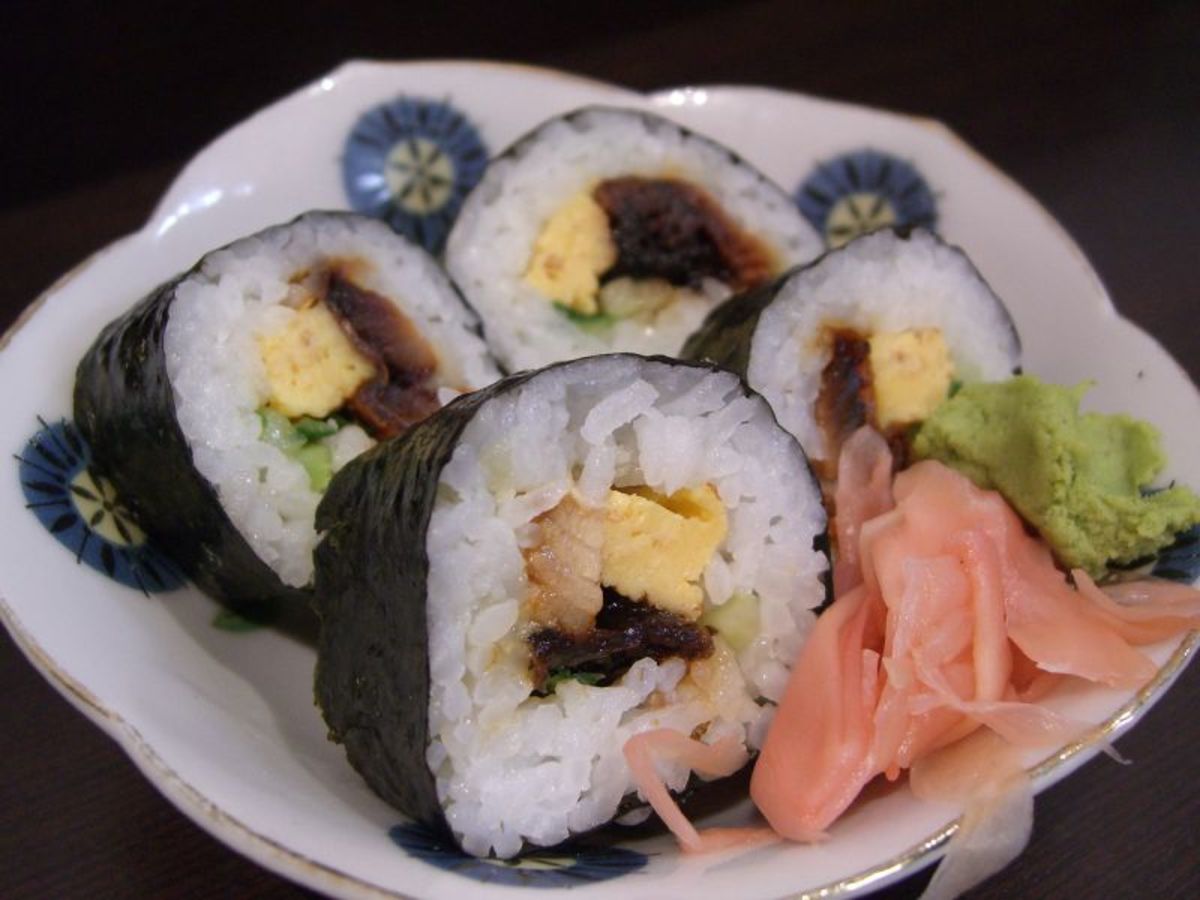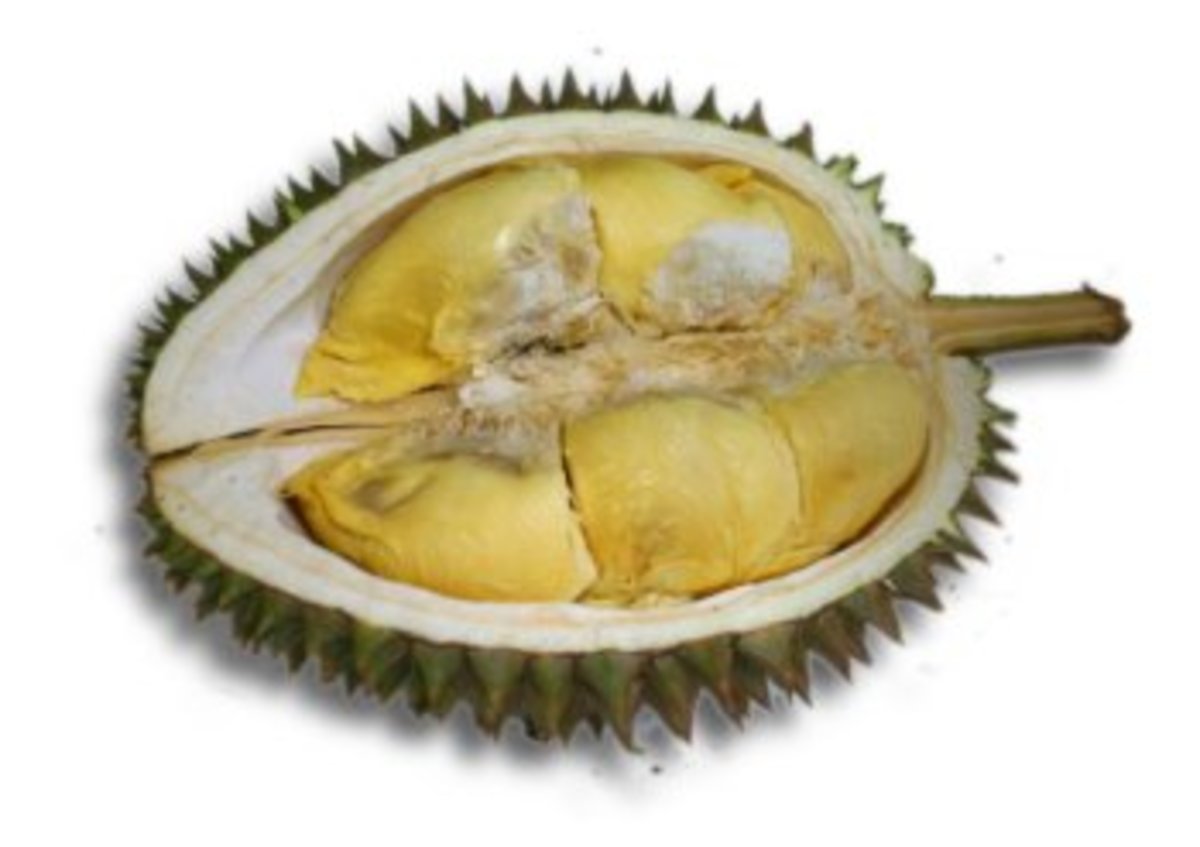Honey: Raw is Best
Raw honey has been prized by many cultures, both in ancient and modern times, for it's healthful and pleasurable qualities. The origin of the word 'honey' reflects this reverence; it comes from a Hebrew word that means 'enchant.'
I realise that I'm in a minority when I say that, in general, I don't like honey. When I was young I actually hated it, except when it was mixed with a lot of butter and spread on my dad's fresh-from-the oven homemade cornbread. Peanut butter and honey sandwiches? Nooooo! Honey ruined almost everything for me.
So why is a general honey disliker (and childhood hater) like me writing about honey? Because I have found that some honeys taste delicious to me - types and varieties that I never had the chance to taste when I was a child. Also, health is important to me. Consuming a lot of sugar isn't wise, but raw honey in moderation can be healthful. Raw means that it's closer to what it would be in it's natural state inside a beehive.
Note: you can buy high-quality raw honey online. There are many varieties to choose from, but to simply your search, I recommend 3 excellent ones in the 'Recommended Eating' section of this article.
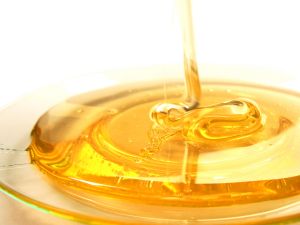
What is honey made of?
Honey, raw or heated, is primarily fructose (38%), glucose (31%), water (17%), and maltose (7%). It also contains small amounts of trisaccharides, other carbohydrates, sucrose and minerals. Raw honey contains more nutrients and healthful components than heated honey, including vitamins, enzymes, pollen and propolis. Why? I'll explore that in the next section of this article.
Many health authorities advise that it's best not to feed honey of any kind to infants or toddlers. It's believed that their digestive systems are not yet ready to process certain types of bacteria found in honey.
Foulbrood is a disease that that has become so common in apiaries that most bees are treated with antibiotics to combat it. Amazingly, this has not affected Vancouver Island, British Columbia, Canada. Vancouver Island is, therefore, one of the few protected areas in the world for bees!
Health properties
In Ayurvedic medicine, honey is seen as nourishing and healing when raw, and a poison to the body when heated.
Based on observations by modern apitherapists, beekeepers and alternative medical practitioners, raw honey might be an effective daily medicine to build up the immune system's tolerance to illness.
Gastric disorders, burns, skin rashes, allergies, asthma and sore throats are all conditions that have been treated with raw honey since ancient times. Current scientific research has shown that the antiseptic, antibacterial and antifungal properties of raw honey may explain why raw honey has been so effective in treating so many health conditions.
In particular, an antiseptic substance called inhibine, which raw honey contains, seems to be at work when raw honey is applied to wounds, preventing infection and speeding healing.
Propolis is a special substance. Honeybees make propolis by combining tree sap with their own secretions. They spread propolis around the honeycomb where it acts as a protective substance due to it's anti-bacterial, anti-viral, and anti-fungal properties. Propolis has been found to contain phytonutrients that may have cancer-preventing and anti-tumor properties in humans.
Why does raw honey contain more nutrients and heathful components than heat treated honey? Heat deactivates enzymes in honey and greatly diminishes or destroys many of it's other nutrients. In fact, commercially processed (heat treated), clarified honey loses from 33 - 50% of its original vitamin content, according to the ‘Bee Hive Product Bible.' The same source claims that raw honey contains one of the highest enzyme counts of all foods, but those enzymes are destroyed when heated. Also, most commercially-processed honeys contain no propolis because it is removed during processing.
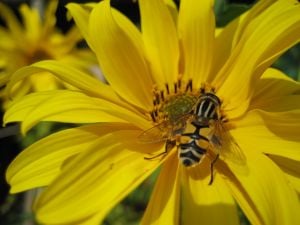
How bees make honey
Honeybees have long, tubelike tongues. Their tongues act like straws, allowing them to suck the nectar out of flowering plants. They store the nectar in their "honey stomachs".
Honeybees have two stomachs: a honey stomach (to store nectar) and a regular stomach. The honey stomach can hold close to 70 mg of nectar, and a honeybee must visit at least 100 flowers to reach that capacity. When the honeystomach is full, it weighs almost as much as the bee does!
When honeybees return to their hive, other worker bees suck the nectar from the honeybee's mouths through their own mouths The worker bees then "chew" the nectar for close to 30 minutes. This allows their digestive enzymes to break the complex sugars in the nectar into simple ones making it more digestible for the bees and less likely to be infected with bacteria.
The worker bees spread the digested nectar throughout the honeycomb and fan it with their wings so water will evaporate, leaving a thick syrup. When the syrup is thick enough, they seal off the cell of the honeycomb with wax. Honey is stored in this form until it's eaten by the bees. In one year, a colony of bees will eat between 120 and 200 lbs of honey!
Extracting honey from honeycomb
In the past, liquid honey came from crushing honeycomb, but this method produced far less honey for a beekeeper than later methods. Why? The problem was that it forced bees to build replacement comb rather than make more honey. Honeybees must consume 7 kilograms of honey to produce just 1 kilgram of beeswax, so you can see how inefficient this method would be over time.
Eventually a device known as a centrifugal extractor allowed beekeepers to 'scratch' or 'slice' a thin layer of wax from the surface of the comb and then spin out the honey using centrifugal force. With this method, most of the comb is left intact.
Because most people favor liquid honey, extractors are used to remove honey from the comb. Freshly extracted honey contains bits of wax, so honey is often cleaned by letting it settle in a holding tank for a day or two, or by putting it through a filter.
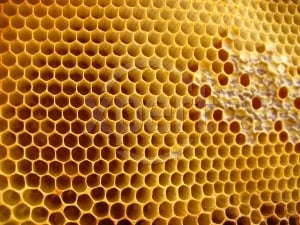
How various forms of honey are made
Honeycomb contains all of the nutritional value of raw honey. It's fun to eat (a bit messy, too!) because you simply cut off a small portion of wax and chew the honey out of it. The wax will dissolve if it's chewed for about 15 minutes, but most people spit it out like they would chewing gum.
Raw Honey has not been filtered or pasteurized (heated to high temperatures); it's extracted and cleaned using a settling tank at room temperature. Raw honey contains almost all of the nutritional value of raw honey, but sometimes it's strained to remove particles of pollen, wax and propolis. Often, it's creamed to make it more attractive. Raw honey will become granular very quickly, and may separate in the jar with the liquid fructose rising to the top and granular glucose sinking to the bottom.
Filtered with Minimal Heat Honey (often labeled ‘unpasteurized') is extracted and cleaned using an 80 micron filter. The honey is then heated to 40 degrees Celsius (the temperature of the inside of a bee hive on a hot day). It contains most of the nutritional value of raw honey. It will granulate in two to six months depending on the type of flower the bees visited to gather the honey.
Pasteurized Honey is, sadly, the most common form of honey sold in stores. The honey is heated to 140 degrees F for 30 minutes, or even higher temperatures for a shorter period of time, super filtered through a 1 to 5 micron filter, and then cooled quickly. It contains very little of the nutritional value of raw or minimally processed honey, but it will last over 9 months on a store shelf without granulating.
Creamed Honey has been allowed to crystalize under controlled conditions so the honey has a creamy, spoonable texture. Other names for creamed honey are: spun honey, whipped honey, churned honey, and candied honey. Creamed honey can have a soft consistency, or be very firm. Any liquid honey can be made into creamed honey.
Popular varieties of honey
The flavour, colour, texture, and aroma of honey depends on the plants that the bees gather nectar from. Generally, dark colored honey have a higher vitamin content than light colored honeys.
Because many flowering plants produce nectar, there are countless varieties of honey.
Here are a few of the most common honeys found in North America:
MANUKA
is made from the nectar collected from the flower of the Tea Tree bush. A distinctly strong tasting honey, it's only produced in New Zealand's coastal areas. The Unique Manuka Factor (UMF), found in some Manuka honey, is an antibacterial property that is said to be particularly good for health and healing. Manuka honey is one of the more costly honeys on the market, but many people feel that the added benefits make it worth the extra expense.
ORANGE BLOSSOM
is often from several citrus sources. It's light in color and mild in flavor with citrus undertones. It originated in Spain and Mexico, but it's produced in other countries and several U.S states, such as Texas, Florida and California.
SAGE
is largely produced in California. Light in color and mild in taste, it's also very slow to granulate so it's often blended with other honey varieties to slow down granulation overall.
ACACIA
is made from nectar of Acacia tree blossoms, it's popular because it's very sweet, yet mild in flavor overall making it a popular honey to use in many foods and beverages.
ALFALFA
is produced throughout the US and Canada from the blue or purple blossoms. It's light in color and taste, although it does have a slightly spicy quality. Like acacia, it goes well with many foods and beverages.
BLUEBERRY
is from the tiny white flowers of the blueberry bush in New England and Michigan. It's light colored and has a blueberry aftertaste.
BUCKWHEAT
is very hard to find now, but it's still produced in New York, Ohio, Pennsylvania, Wisconsin and Eastern Canada. Very dark and strong in flavor, it's said to contain more antioxidant compounds than most other honeys.
CLOVER
Canada and New Zealand were the original producers of this mild, sweet, popular table and cooking honey.
FIREWEED
is from a tall perennial herb in the open woods of North West US. Very popular, it's light in color and has an almost buttery taste.
HEATHER
is dark, thick and strong flavored. It's often served with meat and seafood dishes. In ancient times, it was valued for its medicinal properties. It is notably high in protein.
WILDFLOWER
is often used to describe honey from different flower sources. It can be light or dark in color and light to rich in flavor.
Recommended Reading & Viewing
How to properly store honey
Always store honey at room temperature with the lid tightly closed. All types of honey will granulate, but the rate is influenced by temperature. To store honey long-term, freezing is a good option because it will slow the crystallization process. This is particularly true for honeycomb because after it has crystallized, it isn't easy to liquefy it without causing damage.
And, remember to always seek out high quality honey, either raw or minimally processed, even though it may cost more than the stuff in the cute plastic bear-shaped containers.


